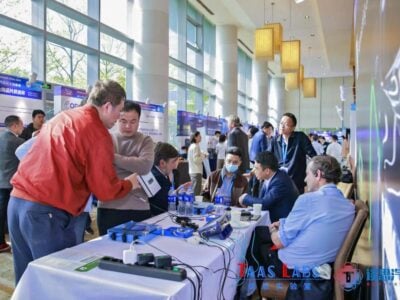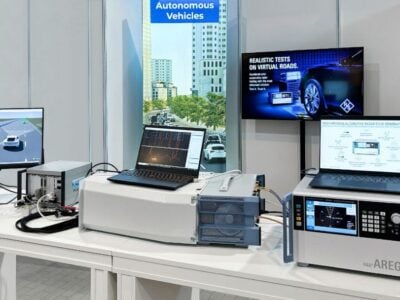
Radar rescue system uses open-source T&M board
During a search and rescue operation, emergency teams and trapped survivors are exposed to high risk from partially- destroyed buildings and structures which can collapse causing injury. A RAWIS system monitors any movement in the disaster environment and to warn individual of any danger, while harmless motion from people, rescue vehicles, animals, tree leaves etc must be successfully suppressed.
The RAWIS system consists of a main radar system which monitors the entire scene and measures submillimeter debris movements of any debris, along with auxiliary radars to perform measurements of individual hot spots, and units which are fastened to clothing worn by the rescuers. These auxiliary radars, which can cover hidden or covered areas, operate within the V-Band as the best compromise between resolution, size and system cost.
A consortium of a major European research organisation, two German universities and industry is using the open source reconfigurable STEMlab board to perform the waveform synthesis, IF signal sampling & signal processing in the RAWIS system. The platform contains dual-channel AD/DA conversion capabilities with 14-bit resolution at 125MHz sample frequency.
“This is a perfect example of industry and academia working together to solve a complex challenge. The high performance, small size, low weight and low cost of our STEMlab platform will enable this system to be easily and cost-effectively deployed, ensuring that rescue teams are kept as safe as possible,” said Rok Mesar, CEO of Red Pitaya.
Red Pitaya, set up in 2013, targets the test and measurement market with STEMlab, which can operate as an oscilloscope, logic analyser, signal generator and spectrum analyzer.
 If you enjoyed this article, you will like the following ones: don't miss them by subscribing to :
eeNews on Google News
If you enjoyed this article, you will like the following ones: don't miss them by subscribing to :
eeNews on Google News




